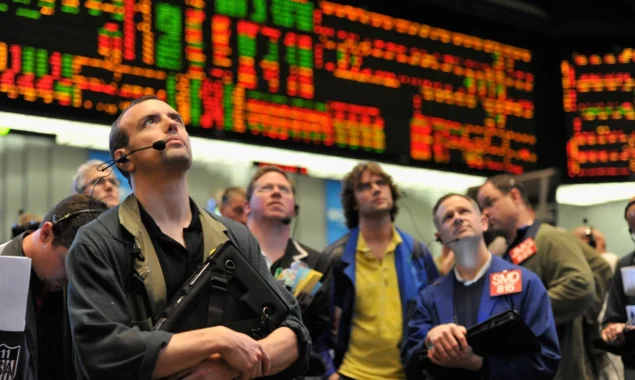Argentina bonds fall after finance minister’s departure
Argentina bonds international slid by more than 2 cents to trade at...

Bonds signal recession as yield curve inverts again. (credits: google)
According to one carefully monitored indicator, the bond market is flashing a warning that the economy may be collapsing or has already entered a recession.
Market experts keep an eye on the spread, or distinction between longer- and shorter-term Treasury yields, on the Treasury yield curve. Longer-term rates, like the yield on a 10-year note, are often greater than shorter-term yields, like the yield on a 2-year note. However, the 2-year yield has now surpassed the 10-year yield.
The 2-year Treasury yield was higher than the 10-year Treasury yield at 2.792 percent as of lunchtime on Tuesday. This crucial spread may be followed in real time here.
The so-called inversion is a hint that the economy might be deteriorating and that a recession might be imminent.
Given that the inversion is occurring with 10-year yields below 3 percent, there is something going on in market sentiment that is tough to ignore, according to Ian Lyngen, head of U.S. rates strategy at BMO. “I wouldn’t say it’s a clear sign that a recession is a risk in the near future. Instead, it’s consistent with growing recession anxiety.
Consider what the yield curve means for a bank as one angle for evaluating the yield curve’s significance. The yield curve calculates the difference between a bank’s cost of funds and the profit it will realise from lending or investing that money over a longer time horizon. If banks can’t turn a profit, lending slows and the economy contracts as a result.
The 10-year yield dropped to 2.78 percent from almost 3.5 percent in mid-June, and was hanging just below the 2.79 percent yield on the 2-year note. The 10-year had risen on concerns about inflation, but it had since reversed direction as investors’ concerns about the economy grew. Bond prices move in the opposite direction from yields.
The benchmark 10-year is closely monitored because it affects interest rates on mortgages and other types of loans. The Federal Reserve’s interest rate increases have had a significantly greater impact on the 2-year, which has been rising.
Catch all the Business News, Breaking News Event and Latest News Updates on The BOL News
Download The BOL News App to get the Daily News Update & Follow us on Google News.